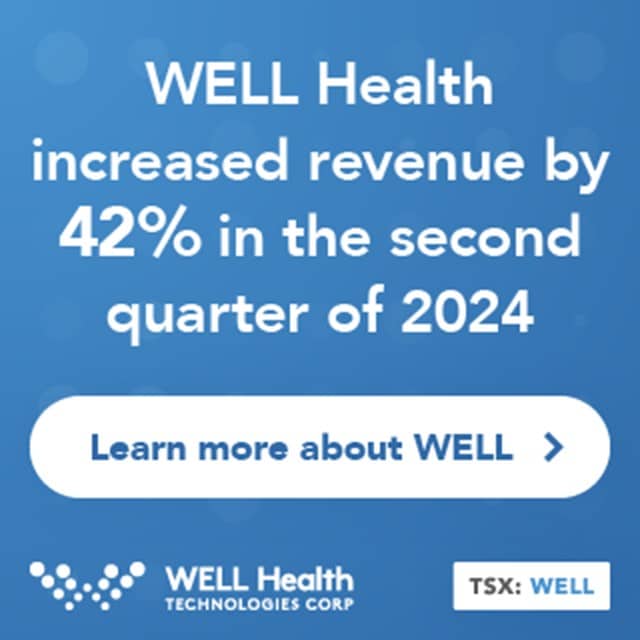
 I think inflation may finally seep back into the US economy during 2015. And it has nothing to do with The Fed. Well, sort of…
I think inflation may finally seep back into the US economy during 2015. And it has nothing to do with The Fed. Well, sort of…
Due to some areas of asset inflation, in particular resources, and more particularly oil, the Saudis have been losing significant market share to new shale fields that can be accessed through alternative extractions such as fracking and horizontal drilling – enabled by inflating asset prices. Now the Saudis are attempting to use their production advantage to drive out alternative production. It’s an old fashioned price war.
I guess some conspiracy theorists could claim that by making it impossible for savers to make any returns in the money markets, they were “forced” to speculate wildly on assets like oil despite the mounting evidence that the world has been awash in oil for an extended period of time. It’s a specious argument because the Fed was hoping that capital would flow to investment in the real economy. It just didn’t. Grumpy old men just moved capital to oil and gold.
For a long time, as the US was exiting the financial crisis, households were forced to pay inflated prices for one inelastic portion of their wallet – leaving less for other things because wages did not increase at the same pace as fuel.
So back to my theory on inflation. It is really simple. Since 2009, gasoline expenditures took up over 5% of US household budget – and peaked at $3000.00 per annum in 2013 (Source: U.S Energy Information Administration). This portion of the wallet is, regardless of what economic theorists contend, relatively demand inelastic. People could cut down on leisure travel, turn their heat down, take transit – try to find jobs closer to where they live, etc… However, people still need to commute to their jobs somehow (especially in mid-America) and there remains little substantive substitute to gas power – despite Tesla’s success. So there is a baseline household need for gas. For a long time as the US was exiting the financial crisis, households were forced to pay inflated prices for one inelastic portion of their wallet – leaving less for other things because wages did not increase at the same pace as fuel. Every dollar extra spent on gas was a dollar less available to spend on other things. Even as the United States experienced record increases in employment (and thus capacity), economists were confounded by the constant threat of deflation in the core CPI basket of goods – hence QE1..4. In retrospect it seems fairly obvious now. Energy inflation > wage inflation = everything else deflation.
To most Americans, the bursting gold bubble meant little to their day-to-day lives because gold has limited utility. Oil, on the other hand, to most Americans is an essential staple with relatively inelastic demand and enormous utility. This burst asset bubble means a lot to 95% of Americans.
Now that the price at the pumps has declined by up to 50% since the summer of 2014, households have more disposable income available. The US EIA forecast a $1000.00 per household windfall to consumers in 2015 based on a $68.00/bbl assumption. Considering that the current price is at around $50.00/bbl – the windfall may increase. That being said, if the price oil hits US EIA forecasts, then nearly US$100B of disposable income hits the US economy. The ceased flywheel of increasing employment, and increasing disposable income may have been finally rebooted. I think that starting with consumer discretionary and personal and business services, then moving to hard goods we may see very modest evidence of core inflation in some new sectors of the US economy. I don’t think it will be enough to alter interest rates in the short-term, but it may be enough to possibly halt QE, and to help maintain positive confidence/sentiment throughout the economy for the next several quarters because it is way more fun buying something you want than buying something you need.
The US economy may have finally exited deflationary risk, but from a different angle than in the past because real wages have not kept pace with capacity utilization and productivity gains (that is a technology-driven efficiency impact and another opportunity for discourse), but via a bursting asset bubble caused by grumpy old emirs in Saudi Arabia who were not receiving as large of royalty checks as in the past. To most Americans, the bursting gold bubble meant little to their day-to-day lives because gold has limited utility. Oil, on the other hand, to most Americans is an essential staple with relatively inelastic demand and enormous utility. This burst asset bubble means a lot to 95% of Americans.
So what are the implications for the Canadian stock market? Here are what I feel are the long and short themes investors should pay attention to:
Long Themes
– Majority of revenue from US any non-resource sector
– Majority of expenses in Canada any non-resource sector
– Still enterprise tech play – due to accelerating employment – Data data data, logistics, payments, HR
– US Services – personal, business, healthcare – data enabled
– Media and entertainment
– Online retail
Short Themes
– Majority of revenue from Europe in any sector
– Energy exploration and related services
– Field services – energy
– Alberta real estate
– Uranium? Solar?
Leave a Reply
You must be logged in to post a comment.



 Share
Share Tweet
Tweet Share
Share




Comment